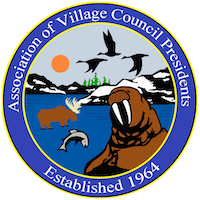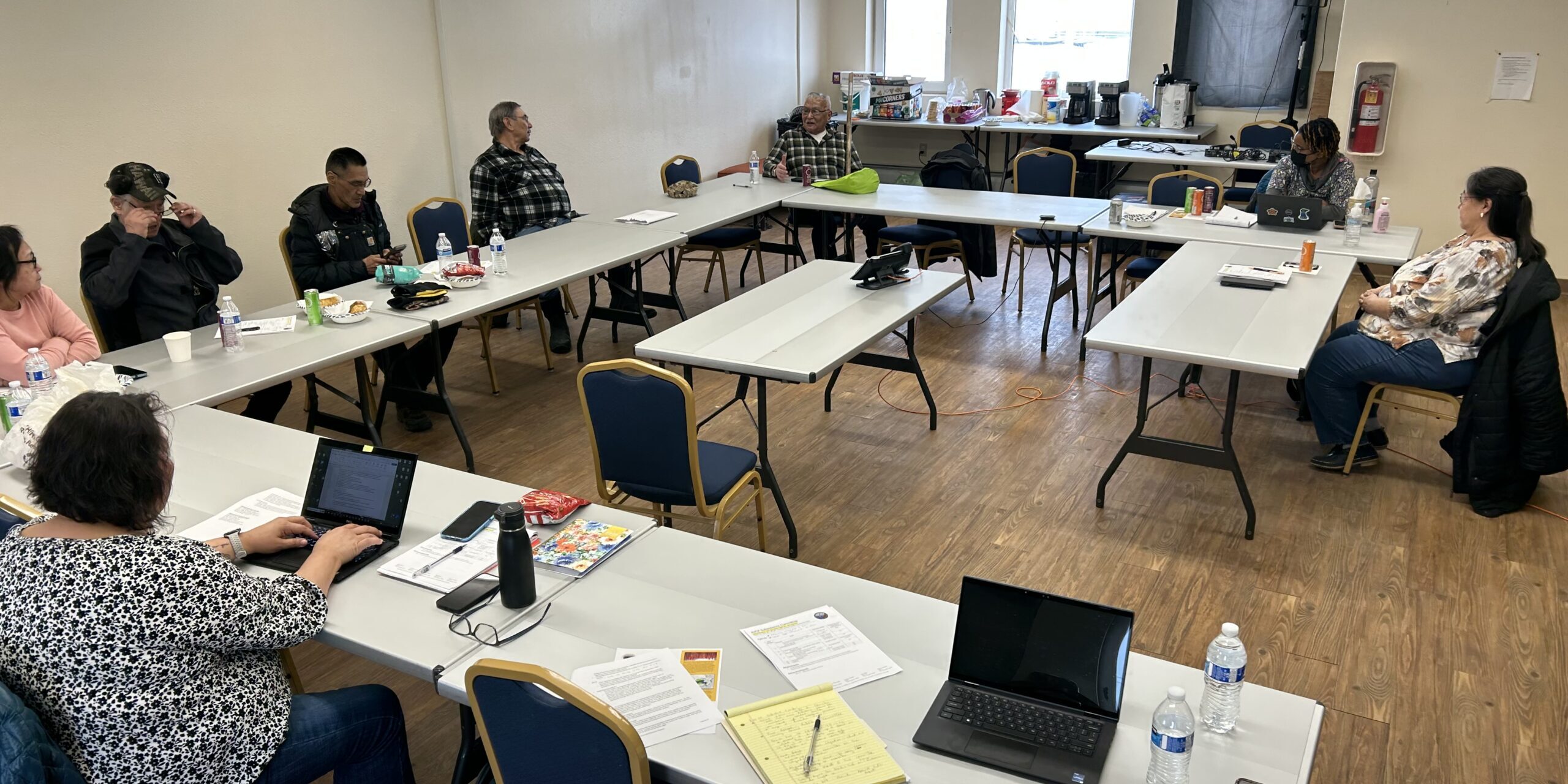Bethel, Alaska- AVCP’s staff leadership is participating in the North Pacific Fishery Management Council (NPFMC) taking place in Anchorage beginning April 4th. To better prepare for the NPFMC meeting, staff worked closely with AVCP’s newly formed Subsistence Subcommittee of the Executive Board to focus on strategies which draw attention to the ongoing salmon crisis.
The Subsistence committee has been created to address a variety of subsistence and natural resources issues. AVCP remains focused on three key areas-Education, Monitoring and Advocating.
Education: AVCP testimony will focus on continuing to educate the NPFMC about the crushing salmon crisis and its impact on our Tribes and way of life.
Monitoring: AVCP actively participates in and monitors the decisions made at both federal and state fishery meetings. AVCP staff keeps on top of decisions, rulings and other actions which impact our way of life.
Advocacy: AVCP is strongly advocating for increased Tribal involvement in both federal and state regulatory processes which manage subsistence and natural resources issues. AVCP will be calling for a more expedited process to make changes to fishery rules. Under the current process, NPFMC action typically takes years to accomplish-and when we are in times of crisis as, we are now, decisions to protect our subsistence way of life must happen more quickly.
Throughout the NPFMC meeting, the AVCP communication team will provide updates of testimony and other developments.
###
For additional information, please contact AVCP Communications Director, Gage Hoffman at 907-543-7308 or email at ghoffman@avcp.org
AVCP is a regional nonprofit tribal consortium comprised of the 56 federally recognized tribes of the YK Delta. The geographic boundaries of AVCP extend from the Yukon River Village of Russian Mission downstream to the Bering Sea coast, north up through Kotlik and south along the coastline to Platinum and then extending up the Kuskokwim River to Stony River, including Lime Village on the Stony River tributary. The area encompasses approximately 6.5 million acres, or 55,000 square miles, in Western Alaska.





